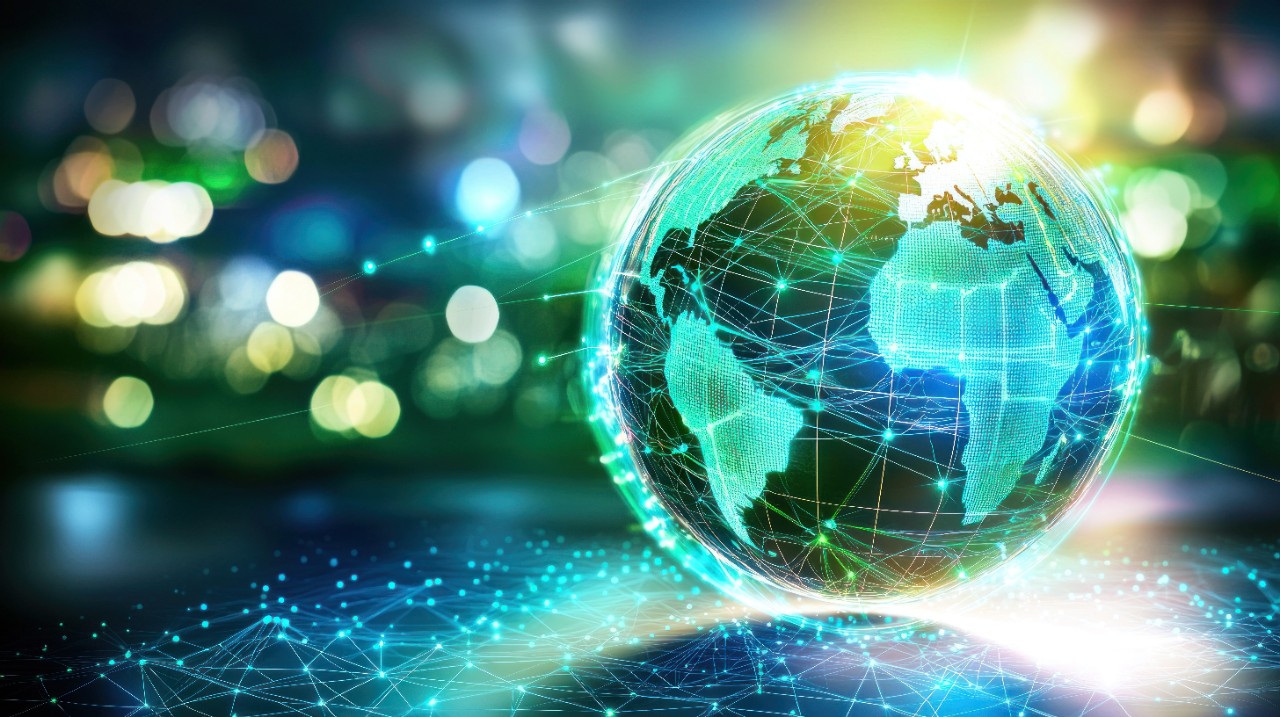Reshaping Our Energy Future with AI

Artificial intelligence (AI) is reshaping the world around us, and the energy sector is at the heart of the transformation. In this blog post, I explore the opportunities and challenges AI presents as we harness it to build a smarter, more sustainable future.
18 September 2025
Hong Kong was given a powerful reminder of the challenges posed by climate change this summer. The city was battered by its first Typhoon No. 10 – the highest warning level – for two years and deluged by a record five black rainstorm events, causing severe flooding and disruption. Tseung Kwan O recorded the highest cumulative rainfall of all Chinese areas from January to mid-August.
These extreme events highlight the rising pressure on critical infrastructure, particularly the energy systems that power our lives and economy. The question is no longer if we must adapt but how we can build smarter, more resilient networks capable of withstanding this new reality.
In this context, AI has emerged as a game-changer. As influential venture capitalist Mary Meeker noted, AI is “fundamentally reshaping how work gets done, how capital is deployed, and how leadership is defined.” Nowhere is this truer than in energy. AI is not just a tool: It is the foundation for a net-zero future, helping us manage complexity, integrate renewables, and empower customers.
This transformative potential is most evident at the very core of our energy ecosystem: The grid.
Building Smarter, Self-Optimising Grids
AI is fundamental to building truly ‘smart grids’ that operate in real-time rather than by drawing on historical data. It enables dynamic load forecasting and balancing, optimising infrastructure use and enhancing reliability. For example, within our operations in Hong Kong, AI algorithms analyse climate and load consumption data every 30 minutes to generate precise forecasts for network loads across multiple timeframes.
AI also strengthens resilience. This summer’s weather events underscored the need for AI-powered predictive systems such as our Grid-V platform. By integrating and analysing data from thousands of network sensors and cameras, such systems provide engineers with real-time monitoring and predictive alerts, strengthening our ability to detect and respond to threats to the power supply.
Turning Demand into a Dynamic Asset
Decarbonisation requires us to manage consumption as intelligently as we manage generation. AI empowers customers with detailed usage analytics and intuitive dashboards, turning them into active energy participants.
This is especially vital with the rise of electric vehicles (EVs). While EVs add demand, they also offer mobile energy storage. The first step to tap into this resource is building a robust digital infrastructure to understand and manage them. Our eMobility Grid Management Platform (eGMP) provides this essential foundation. It collects insights from over 5,000 charging points and this granular data is critical for effective grid planning, resource allocation, and strategic network expansion.
The next step is moving from planning to intelligent orchestration, and this is where AI becomes indispensable. While eGMP provides connectivity and data, AI algorithms can leverage information to accomplish complex optimisation. Looking ahead, with Vehicle-to-Grid (V2G) technology, AI can orchestrate EVs to dispatch power back to the grid during peak demand, transforming EVs from a challenge into a cornerstone of a decarbonised system.
Perhaps most compellingly, AI also has the potential to serve the social good. Pilot programmes show how energy usage patterns can act as digital well-being checks for vulnerable groups such as elderly people, alerting care teams to possible emergencies. This points to a future where energy infrastructure creates safer, more connected communities.
Governing the Engine of Growth
We must, however, confront a central paradox: The engine of this intelligence has its own appetite. Projections indicate data centre electricity consumption could more than double by 2030. This is our sector’s defining challenge – to accelerate the deployment of carbon-free power and enhance grid flexibility with such urgency that we ensure the AI revolution is itself powered sustainably. We must own the solution to the problem we helped create.
Using AI with Purpose and Responsible
Responsible AI deployment is as critical as its capabilities. Our approach is grounded in strong governance – clear policies built on ethics, accountability and purposeful use. We are also upskilling our people to use AI effectively and ethically.
Concerns about job displacement are valid, but history shows technology evolves work rather than erases it. The ATM did not eliminate banking roles but transformed them. I believe people who use AI will replace those who do not. At CLP, we see AI as a partner to augment human expertise and unlock innovation.
Harnessing AI’s transformative power requires collaboration, ethical innovation, and bold leadership. The time to act is now. Let’s work together to build a smarter, more resilient energy future.
Subscribe to the CLP CEO Blog to stay informed with the latest industry insights. By subscribing, you agree to the terms in this Personal Information Collection Statement.

